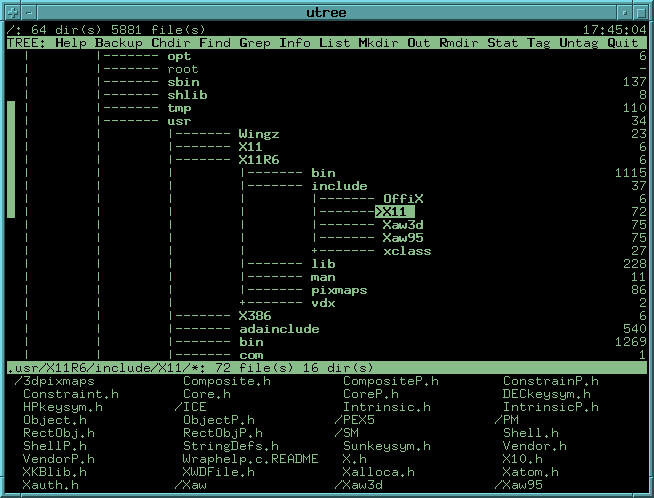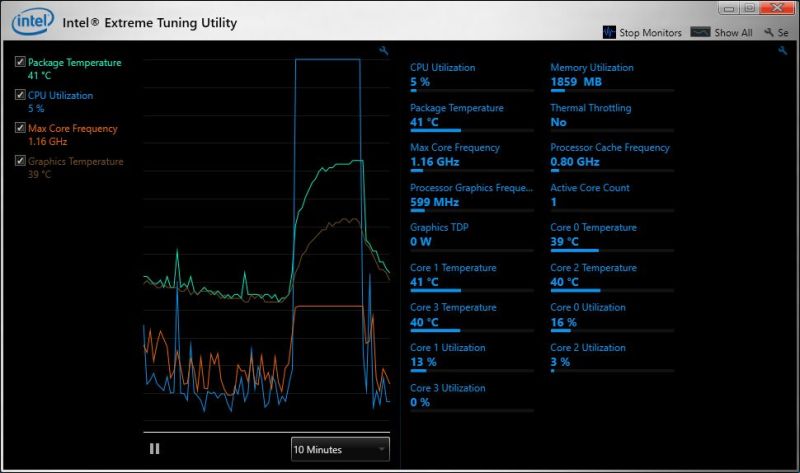

The overclocking process took two hours on our Core i9-9900K, and the system crashed and rebooted several times during the process, which is expected. As such, Intel's pre-boot testing approach removes the lion's share of risk to your OS from the equation during the overclocking phase, though you still run the normal risk associated with overclocking of OS instability when you use your system.

Enthusiasts typically test overclock stability through a series of stress tests conducted from inside the operating system, and frequent BSODs during the extensive trial and error phase can damage the operating system. The application automatically steps through a series of tests that apply various voltage and frequency settings and conducts stress tests to find the maximum stable overclocked all-core frequency. Aside from that, the interface doesn't have any options - it's obviously designed to be simple.Īfter continuing to the tuning process, the software reboots the computer into a pre-boot Performance Optimizer UEFI application.

There is a settings option in the utility, but that only lets you remove the IPM icon from the system tray. After installation, the minimalist user interface presents you with two options: Continue or Exit. The software creates an 8GB GPT partition during the installation process, and after a glance at the Device Manager to verify the driver is installed correctly, you're off to the races. That extra warranty comes at an additional cost of $20 for the 9th-Gen K-series models, and it only applies to boxed processors bought at retail outlets. Intel doesn't provide warranty support for overclocking-induced chip death, but the company is happy to sell you a Performance Tuning Protection Plan (PTPP) that gives you a one-time return if your overclocked chip dies. Intel's disclaimer reminds you that overclocking is an inherently dangerous pursuit: Increased voltages and frequency can kill components and result in system instability, along with threatening data integrity, so you proceed at your own risk. With those requirements met, the software installation is fairly straightforward. You also have to disable all other software overclocking utilities before proceeding, and use the correct version of the install executable (one is for Hyper-Threaded chips, the other for chips without). The software also requires the motherboard to be set to UEFI boot mode and be updated to the latest motherboard firmware (versions unspecified). You can use the software to automatically create a new partition with a portion of your drives' unused storage space if the system drive is already fully provisioned. You'll also need a minimum of 8GB of system memory and 16GB of unallocated storage capacity. Intel also has restricted support to Microsoft Windows 10 圆4 Edition Version RS5 (and newer).


 0 kommentar(er)
0 kommentar(er)
